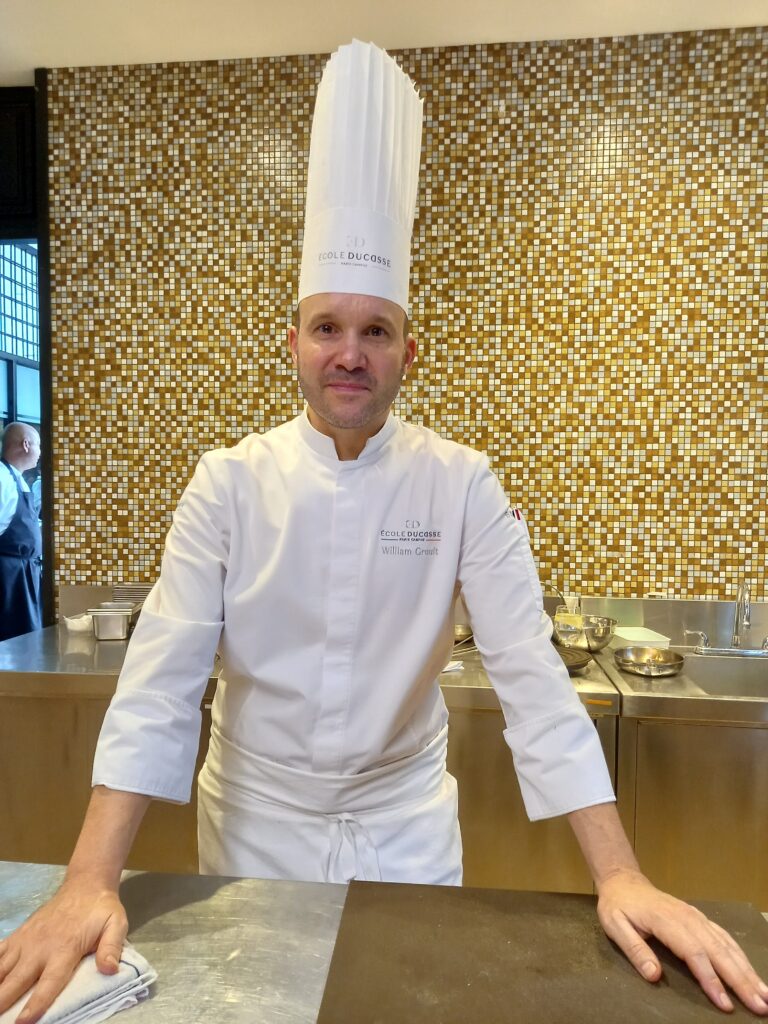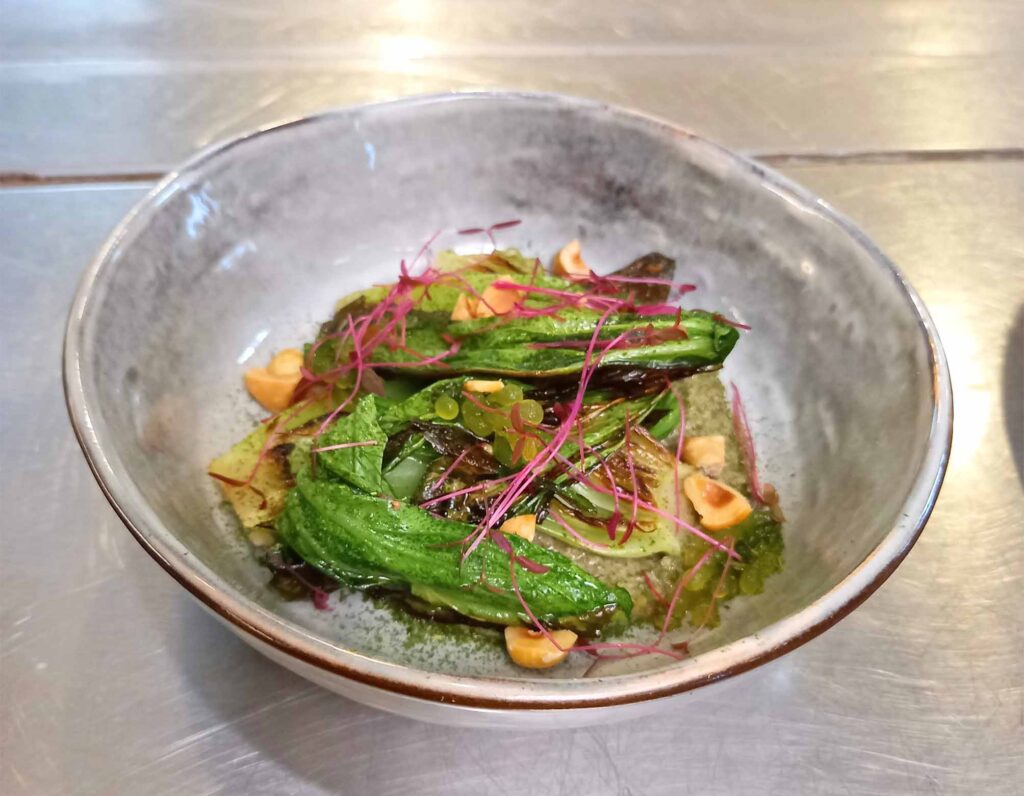When world-renowned French chef and educator Alain Ducasse, who has amassed a total of 20 Michelin stars spread over his 36 restaurants, founded in 1999 his network of schools called École Ducasse, it quickly attracted students from all over the world eager to learn a socially responsible and eco-conscious approach to gastronomy. Small wonder then that École Ducasse was named the World’s Best Culinary Training Institution for 2023 by the prestigious World Culinary Awards.

Among the many and various nationalities that enroll at École Ducasse, which is based in the French capital city of Paris, are Filipinos who adhere to its founder’s deep respect for nature, seasonality and responsible use of ingredients. There’s another way, though, to study the Ducasse way right here in the country. It’s through Enderun Colleges, which has been École Ducasse’s academic partner for the last 16 years and thus houses the Manila campus at its sprawling headquarters on McKinley Hill in Fort Bonifacio, Taguig City.
Last 16 November, the École Ducasse Manila campus opened its doors to non-students for an exceptional culinary experience courtesy of École Ducasse Paris campus’ head of Pedagogy for Training Programs, William Groult. The distinguished chef gave a masterclass on healthy and sustainable cuisine by preparing three dishes, namely Bok Choy and Lato Seaweed Condiment, Persian Octopus and Alumahan with Fennel and Nuts.

For starters, Groult himself shopped for the ingredients to make sure to get the freshest he could find in the market, particularly Farmers Market in Cubao district, Quezon City. He told DAILY TRIBUNE after the class that he chose alumahan because it’s the closest to mackerel, which the recipe really calls for. Also, as he’s learned from colleagues at Enderun Colleges, alumahan is a popular fish variety among Filipinos.

On the other hand, the visiting chef was not deterred when advised that octopus is rarely used in dishes in the Philippines. “That’s why I want to try it,” he pointed out. “I found fresh octopus in the market. As for bok choy, I only use it back in Paris when I cook an Asian dish.”
Here’s one recipe from the three dishes prepared by Groult during his masterclass, printed in full as École Ducasse believes that “everything we know, we share it.”
Alumahan with
Fennel and Nuts
(For four pax)
PART 1: Alumahan
Ingredients:
300 to 500 g or roughly two pieces
8 g salt
10 g salted salt
10 g sugar
6 cl fennel juice
3 cl lime juice
2 cl sake or Japanese wine
30 g mirin
Preparing the alumahan:
1. Fillet the alumahan and remove the bones. Add fillet in a mixture of salt/sugar for 6 to 8 minutes, depending on thickness. Rinse, dry and set aside.
2. Mix cold mirin, lime juice, fennel juice and sake, then add sugar. Set aside at room temperature.
3. Cut fillets into 20 g pieces and lightly char the skin with a blowtorch.
4. Pour the marinade over the fillets, cover with cling film and set aside in a cool place for assembly.
PART 2: Bulghur
Ingredients:
250 g bulghur
20 cl fennel juice
7 cl olive oil
5 cl lime juice
Salt for seasoning
Preparing the bulghur:
1. Blanch bulghur in boiling salted water for 5 minutes. Cook in a cell.
2. Combine the lime juice, fennel juice and olive in a bowl.
3. Season with salt and pour over the bulghur. Set aside in a cool place.
PART 3: Fennel condiment
Ingredients:
40 g white onion
10 g nuts
250 g fennel
10 g mustard l’ancienne
2 cl peanut oil
2 cl Barolo vinegar
Salt for seasoning
Preparing the fennel condiment:
1. Finely chop onion and fennel.
2. In a casserole dish, sweat the onion and fennel with the peanut oil for 5 minutes, covered. Add peanuts and deglaze with Barolo vinegar.
3. Cover and cook over low heat until all the liquid has been absorbed. The fennel should remain slightly firm.
4. Blend this preparation while maintaining its texture. Add mustard and adjust seasoning.
5. Set aside in a piping bag for assembly.
PART 4: Finishing
Ingredients:
1/4 pc fennel
20 toasted nuts
Finishing touch:
1. Using a mandolin, cut the fennel into fine shavings and set aside in an ice-water bath to crisp up.
2. Drain and chill for finishing.
Plating:
1. Divide the bulghur (120 g/per serving) between the bottom of four containers and place a dome of condiment (approximately 35 g) in the center of the bulghur. Add five pieces of marinated alumahan around it.
2. Finish with fennel shavings and roasted peanuts.
